Posted by CBethM on September 19, 2024 in Author Posts |
I’m an immigrant kid, more or less twice over. My parents emigrated from Brazil to England, bringing the culture of their country with them. There they birthed my older sister and me. We lived there until I was five, then off my family went to the United States, where we’ve lived ever since. By all reports I had a cracking British accent as a little girl.
When we moved, in our suitcase we carried with us a stack of little magazines called Bird Life. I didn’t know it then, but that magazine would change my life.
I always felt different – maybe all immigrant kids do – and that sense of difference must have helped propel me toward reading. My parents didn’t teach me how to read, busy as they were with the stringencies of two new countries and cultures along with two young kids to raise. But practically the minute I got to first grade, reading was the first thing I learned, and I latched on. I read through my classes, I read on the playground, I read walking home. I remember being guided around many an obstacle by the hand of parent, teacher or friend.
Our copies of Bird Life nevertheless sat abandoned for several years. Probably I was too young for them at first. But I had a spot in the cool basement where I liked to read, lost in blissful escape on hot American summer days. One day, Bird Life caught my eye, sitting quietly in a forgotten pile. Each cover was emblazoned with a photo of an iconic British bird like a puffin or kingfisher. I remember sitting alone on the concrete floor unbaked by summer, stairs to busier floors climbing beside me, as I leafed through the sweet breath of the natural world that rose from those pages. They were a connection to a world I’d left in early childhood.
I don’t know what first got my father into birdwatching. It’s not a common hobby in Brazil, though Brazilians do tend to love animals. A graphics engineer who chased the nascent computer industry overseas, he must have been attracted to the practice’s aspects of science and observation. However it started, observing nature with my dad soon became one of our favorite activities. We caught newts in the village pond and raised tadpoles in our living room – tadpoles which abruptly metamorphosed overnight in their open tank, leaving my mother catching frogs in our shag rug for days.
My dad and sister also joined the Royal Society for the Protection of Birds, England’s parallel to the U.S.’s Audubon Society. I was too young to go on those birdwatching trips. By the time we moved to America, my sister was shifting focus to violin and schoolwork, so we all stopped watching nature for awhile.
Bird Life was then the flagship publication of the RSPB’s youth arm, the Young Ornithologists’ Club. Filled with photos and sketches of British birds, it offered birdwatching tips, guidance for back garden birdfeeding, and lists of field trips. But when I started reading it, what inspired me like nothing else in the magazine were the nature notebook pages.
 Bird Life magazine, 1985 May/June issue
Bird Life magazine, 1985 May/June issueA watercolor spreads across two pages. A seaside splashes the scene with cliffs and surf, sky and stone. Careering the watery firmament are gannets, their diving shapes graceful needles. Nesting kittiwakes populate the cliffs, splattering the rocky sides with a graffiti of guano. Sparse, spidery handwriting tersely explains the scene. Like a ghost behind such pages stood the naturalist at work – someone with the romance of Linnaeus or Jane Goodall or Darwin.
Bird Life exhorted its readers to become naturalists by sketching and writing about neighborhood nature. The Bird Life disciple, no matter how young, chose an outdoor area nearby to know intimately and well. She adventured there every day. She learned its habitats in every mood – winter and summer, morning and evening, rain, fog, snow, sunlight. She paid attention to plants and fungi as well as fauna. She valued not only rare finds but the interconnections among common species.
And she recorded what she saw, not minding if her illustrations were imperfect or shoddy. By sketching, she would later have a complete record of exactly the fieldmarks she needed to identify her sightings. Her notebooks emanated respectful care, beauty, and artistic sharing. She was, in short, a kind of jack of all trades, a renaissance girl, binding literary, artistic, scientific and curatorial habits.
That was a person I wanted to be.
I grabbed a pair of dusty family binoculars and started traipsing around outdoors with them. Soon I began keeping my own nature journals.
 A nature notebook of mine from when I was 15.
A nature notebook of mine from when I was 15.I still have most of them. Those old notebooks are scrappy and stained. One I reconstructed by scotch tape from torn scraps after my pet rat found it and tore it up for nest material during one of her regular cage-free excursions. At the beginning, the drawings are inexpert and scrawly. Over time, though, they take on increasing sophistication.
And that’s because my whole family jumped in on my new hobby, in one way or another. My sister bought me books like Drawing with Children by Mona Brooks and Drawing from Nature by Jim Arnosky, and I studied them carefully, applying what I’d learned in the field. My mother, a teacher, had always encouraged me to write down my thoughts and ideas. A nature notebook dovetailed perfectly with what she’d always exhorted me to do. And my dad was just delighted. He started sallying out with me to Audubon Society field trips, where we met a community of birders – Ralph, the encyclopedic elderly trip leader with birdy black eyes under his snowy hair; Steve, the young trapper and ecologist with laser attention for the twitch of a wing in a bush or a rare bird deep in a landscape.
So nature journaling as a young person became a kind of triple pathway for me – to come closer to dear people in my life, to connect to nature itself, and to build myself as a writer and person.
 Nature journaling paraphenalia from my adult years.
Nature journaling paraphenalia from my adult years.Bird Life suffered the same fate as so many publications. It’s no longer in print. In those old physical copies, so tactile and permanent, I see bygone days of many kinds. My childhood in a country far from where I live now. An England unmarked by Brexit. A world still at 345 ppm atmospheric CO2, where now we’ve blown past 425. A world where “insect apocalypse” – words describing abrupt recent declines in insect populations – hadn’t yet come into the lexicon. The loss of Bird Life feels like the dwindling of so much in our natural world as habitat loss, climate change, and other threats gather into an ecological storm.
Writing, for me, feels like a way of keeping those old inspirations alive. Habitats long since paved over by development can come to life again – like the dear field where I once birdwatched, which inspired the title setting of my book The Monarchs of Winghaven. My characters can aspire to the same goals I did and, I hope, encourage other young people to observe nature, learn to protect it, and create their own nature notebooks. I wrote The Monarchs of Winghaven from the heart of the dreams prompted in me by Bird Life.
 Birdwatching on the Farne Islands, England, this summer. I’m wearing a hat because
Birdwatching on the Farne Islands, England, this summer. I’m wearing a hat becausethe terns attack your head to protect their nests.
We can’t engage with the future by only lamenting a lost past, whether that’s a country left behind, friends outgrown, or a magazine out of print. When it comes to nature, though, the stakes feel high. Staying connected to the outdoors, through notes, a novel, or just a walk, means keeping alive the memory of what a healthier natural world can look like and feel like – the freshness of its gifts, the lessons it can teach us, and ultimately, who we want to be.
Naila Moreira has written, birdwatched, and journaled wherever she’s traveled, from her home base of western Massachusetts to Alaska, the Pacific Northwest, the American West, Brazil, England, France and beyond. The author of the middle-grade novel The Monarchs of Winghaven and two chapbooks of poetry, she’s also published nonfiction essays and journalism. A stint as writer in residence at the Shoals Marine Laboratory on the Isles of Shoals, Maine, remains seared in her memory. She teaches at Smith College and lives nearby with her family. You can find her on Instagram @naila_fin.



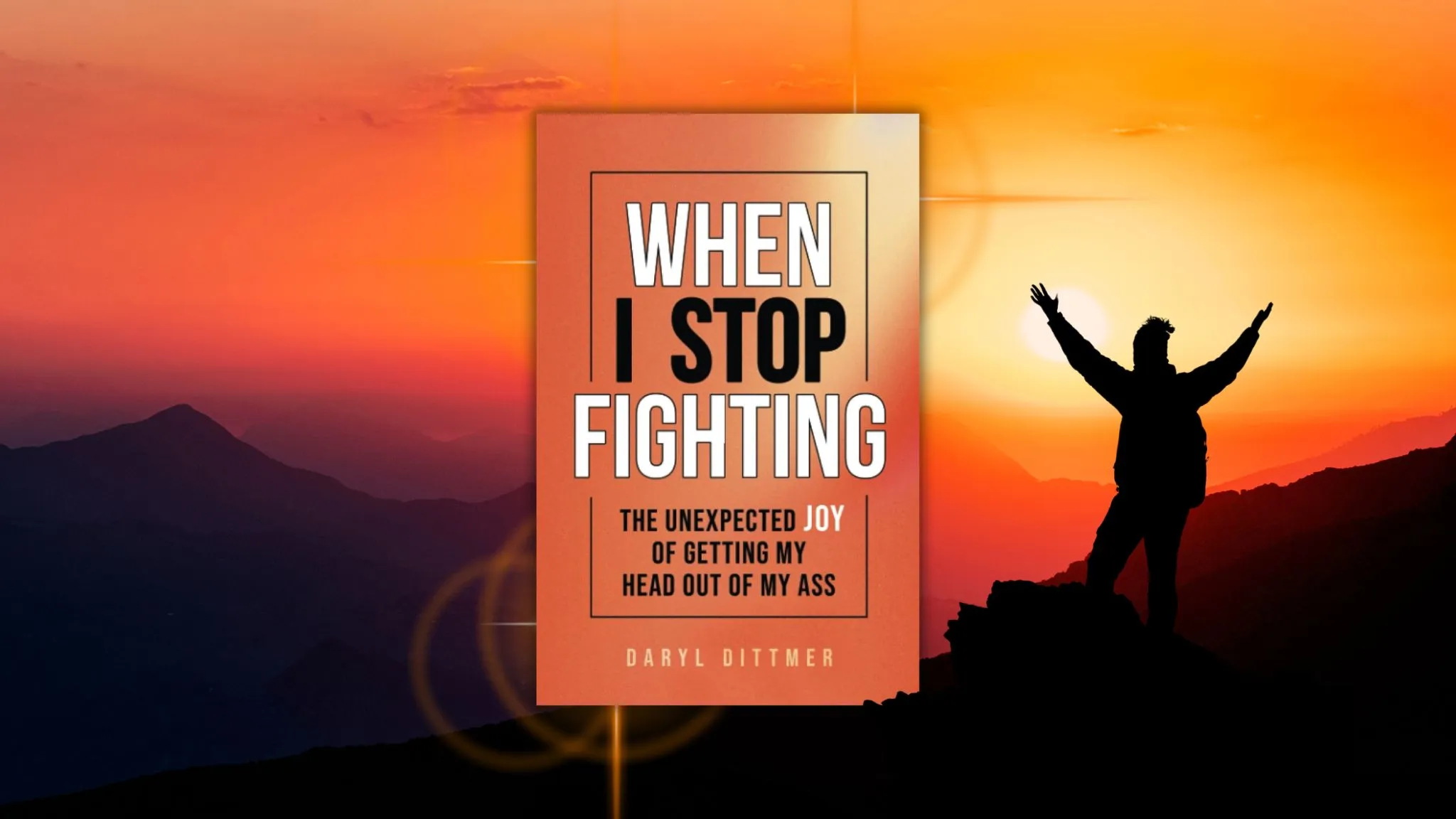



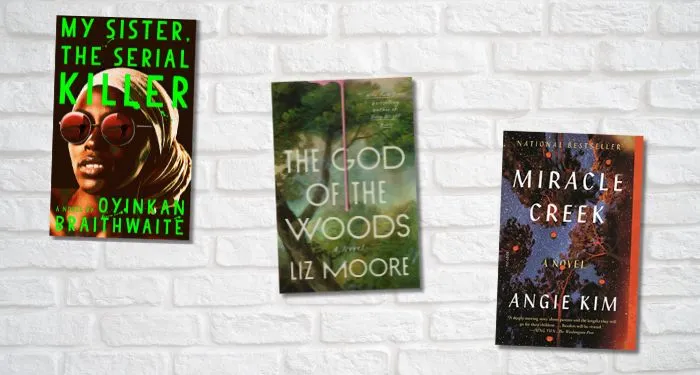
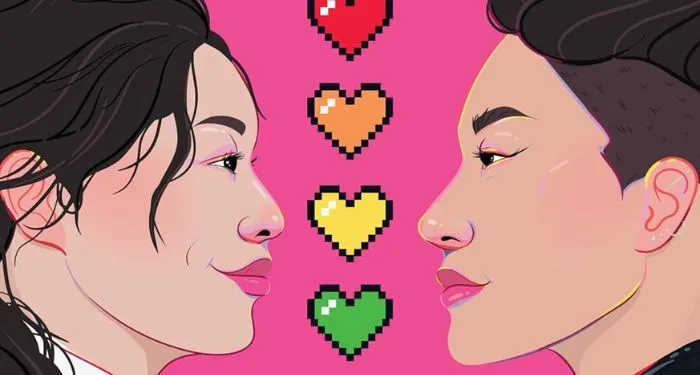




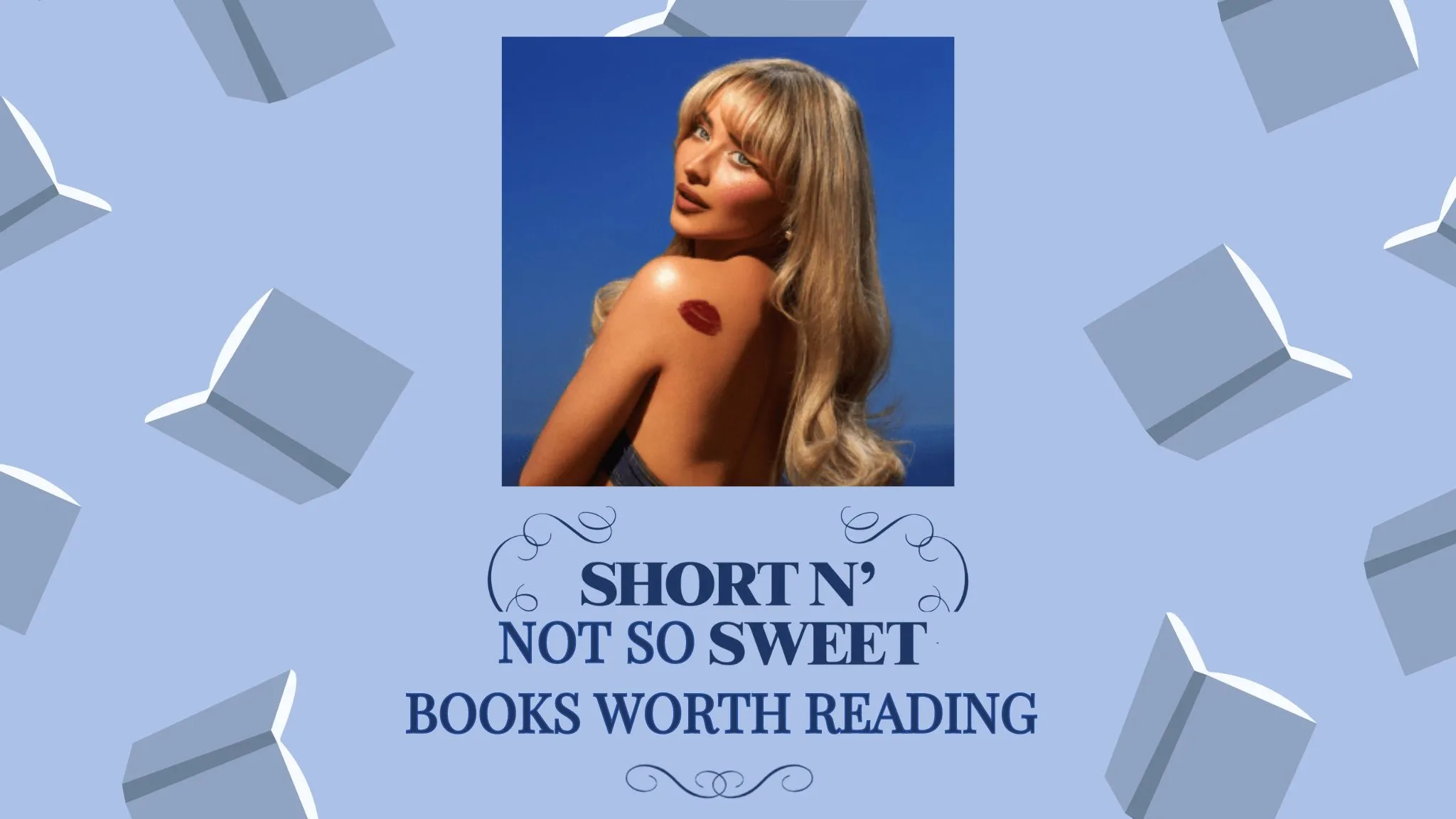
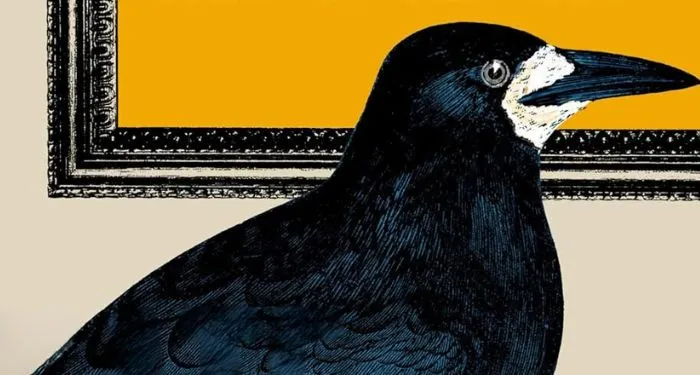
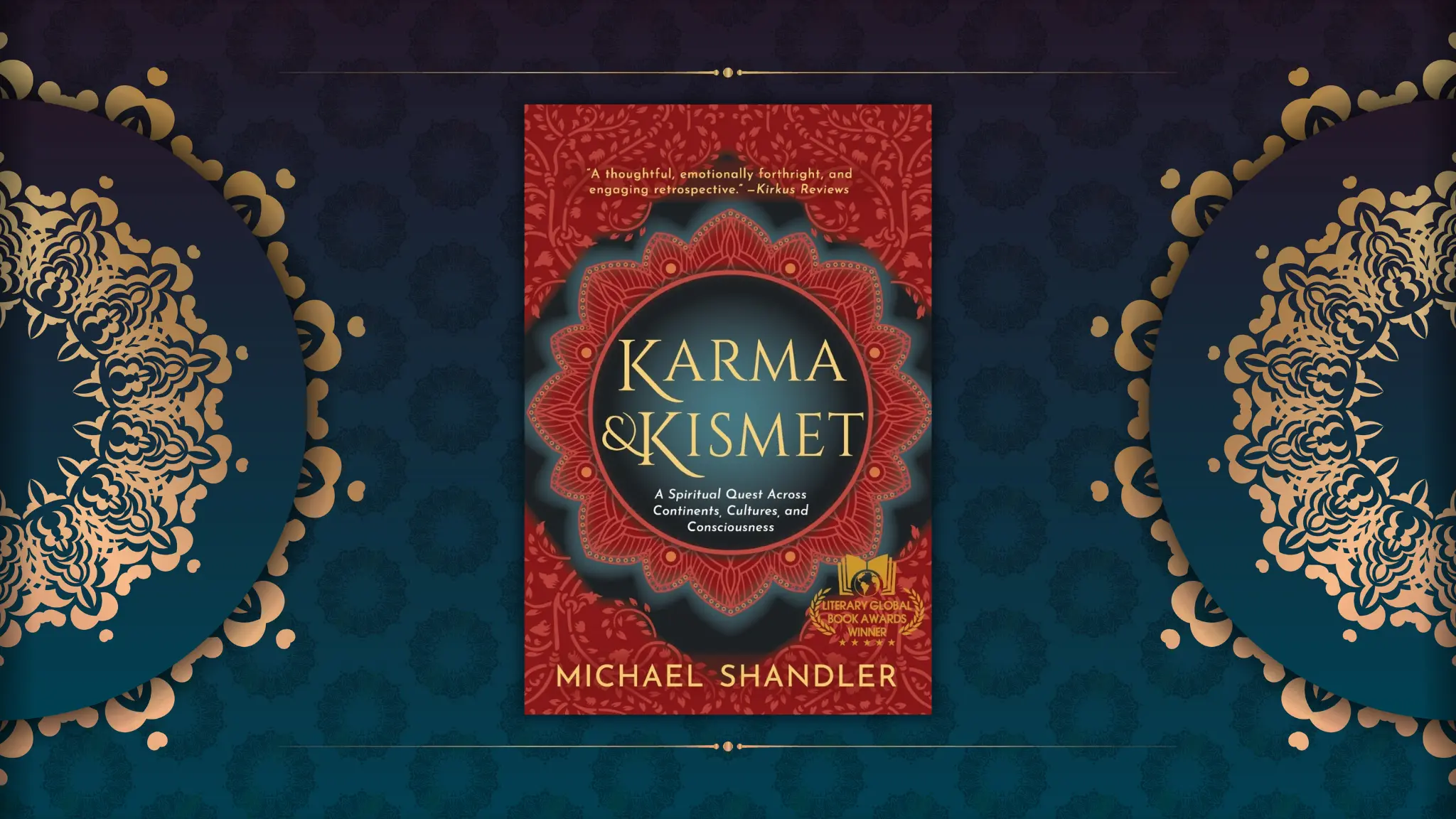



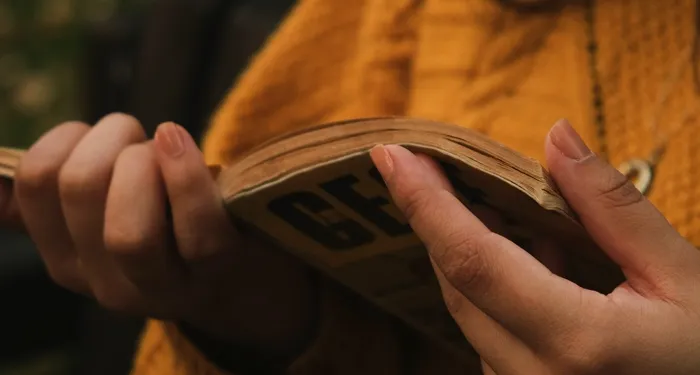

 English (US) ·
English (US) ·